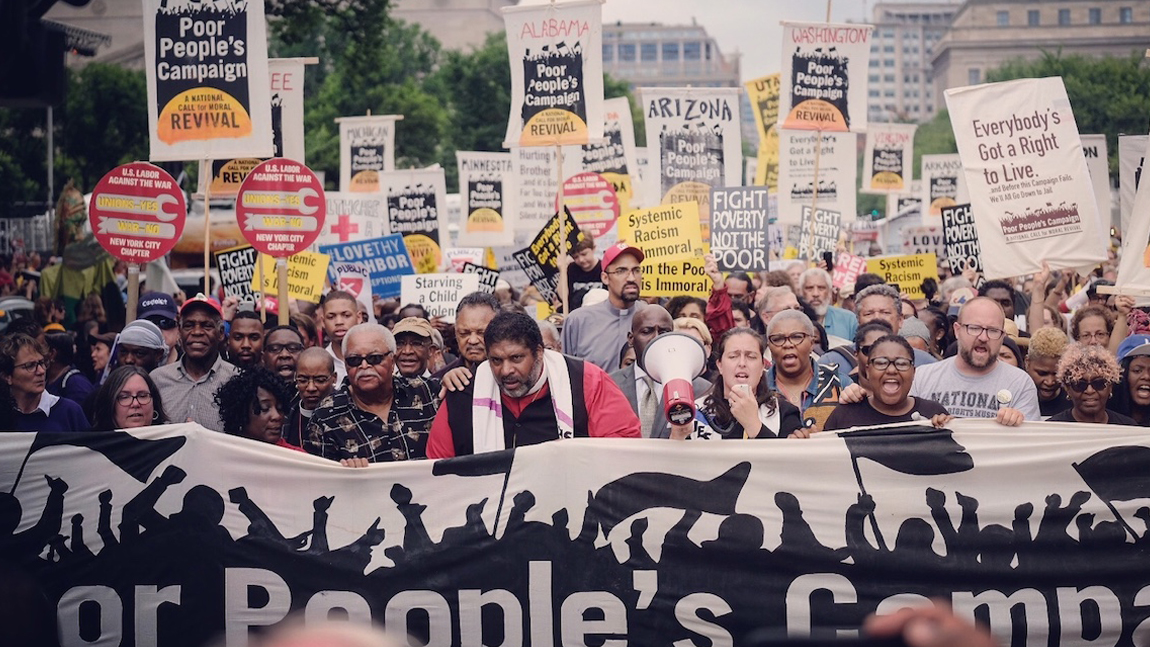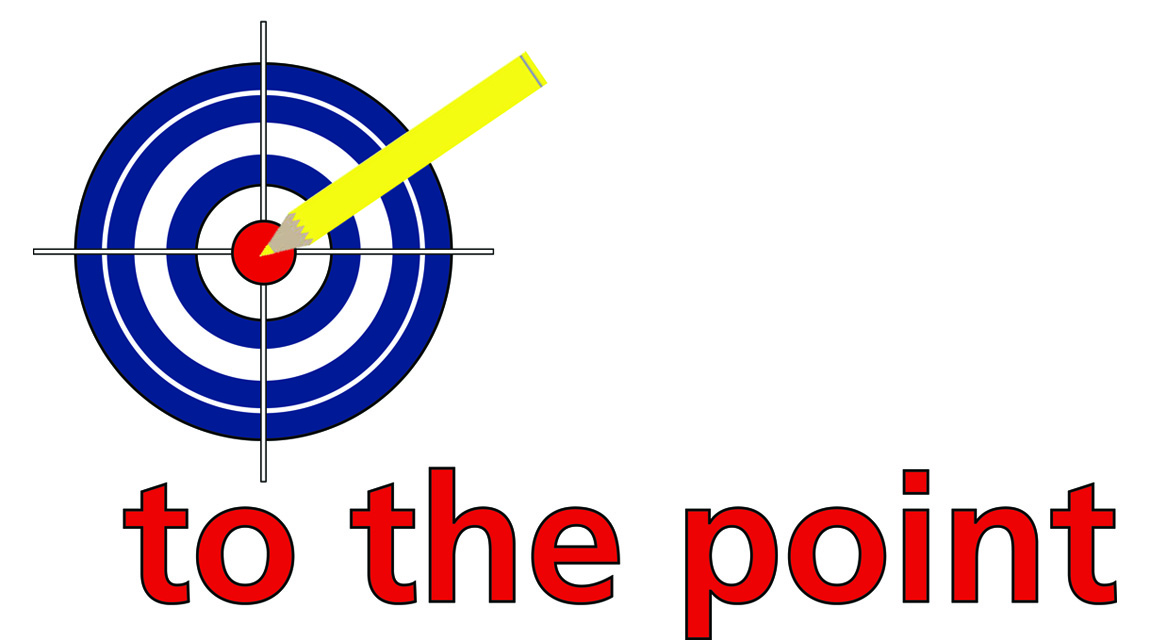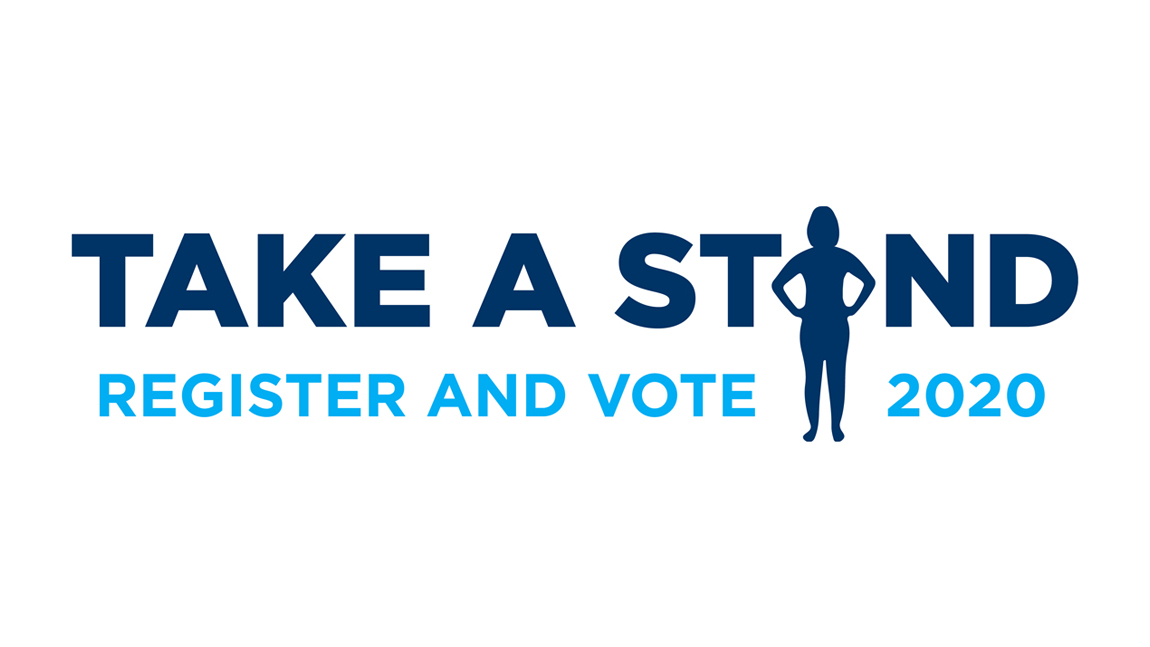By Dr. Jeremy Holland
The ongoing economic emergency in the state South Carolina is that over 1 million workers make less than a living wage, over 100,000 people are unemployed, and nearly half a million people are without health insurance.
A voice for the 2.1 million poor and low-income people in South Carolina is embodied in a national effort known as the Poor People’s Campaign, which is organizing nationwide to change the lives of those Americans have been economically left behind.
As of now, the campaign is pushing Congress to approve President Biden’s robust infrastructure bill, the Build Back Better Plan.
Important policies in this massive bill would guarantee access to health care, action on climate change, early childhood education, and immigrant protections. Unfortunately, opposition from key senators Joe Manchin (D-WV) and Krysten Sinema (D-AZ) has resulted in some of these key provisions being eliminated, at least for now.
So, who are the Poor People’s Campaign and what are they seeking to accomplish?
It is a collaborative effort of many social justice groups (e.g., Repairers of the Breech, Kairos Center, Popular Education Project) who are convinced that continuing the legacy of Martin Luther King Jr. is the way forward for poor and low-income people in America.
These groups share a common social analysis that the problems of racism, poverty, and militarism are inextricably linked. The purpose of the campaign is to help build a morally inspired pro-diversity, pro-labor, and pro-peace coalition.
The main leadership of this movement, Dr. Rev. William Barber II and Dr. Rev. Liz Theoharis, see their role as prophetic messengers of God who are meant to awaken the moral conscious of the American people. They insist that political decisions and public policies are deep moral concerns that should not simply be left to well-paid politicians but should include the voices of those who have been pushed to the margins of society.
Seeing our economic woes as directly tied to our national spiritual condition, the biggest problem is unraveling and discrediting a pervasive false moral narrative (PDF) that has deceived much of the American public. Leaders of the campaign are convinced that a form of nationalist extremism has infected public religious discourse and tends to focus attention on narrow issues like prayer in school, abortion, homosexuality, and gun rights.
This false moral narrative has blamed poor people for their poverty, pitted different groups in the lower classes against each other, and spread the lie that there are not enough resources to go around. Therefore, the group intends to go beyond the popular political language of left versus right, and instead speak in the moral language of what is right and wrong.
To remedy this moral decline in public discourse, they hope to refocus the spiritual conversation on the most vulnerable in society like workers, immigrants, LGBTQ+ folks, the disabled, and the sick.
Five Interlocking Problems
To be clear, there is not just one issue being addressed by the Campaign, instead they have pinpointed five interlocking issues that must be simultaneously addressed including religious nationalism, denial of the poor, systemic racism, ecological devastation, and the war economy.
In 2020, there were around 39 million poor people in the United States with the poverty rate hovering at 11 percent total. Part of the problem is that the massive economic growth of the past 50 years has been going to an increasingly smaller share of society. Astonishingly, the 400 wealthiest Americans now own more wealth than the bottom 64 percent of the U.S. population (or 204 million people).
Also, the coordinated attack on our social safety net has fed into the perception that government programs do not work. Since 1996, with the introduction of the Temporary Assistance for Needy families (TANF), the government drastically reduced resources available to the poor and have imposed strict work requirements. As a result, the government only helps around 25 percent of all poor families with children when it used to help more like 70 percent.
Even under the Affordable Care Act, about 30 million people remain uninsured, disproportionately affecting people of color. This is the desperate reality for many Americans, even though the U.S. spends more per capita on health care than any other country Medical debt is the number one cause of personal bankruptcy filings, with an estimated 66 percent of all declared bankruptcies being tied to medical issues.
Part of the reason behind the lack of money going to help struggling Americans is the military-industrial complex that eats up much of the federal budget. The current annual military budget, at $778 billion, dwarfs the approximately $200 billion allocated for education, jobs, housing, and other basic services and infrastructure. Out of every dollar in federal discretionary spending, 53 cents go towards the military, with just 15 cents on anti-poverty programs.
Put all these financial and policy realities together and it is not hard to understand why America has become a debtor nation. Excluding the value of the family car, around 20 percent of all U.S. households now have zero wealth.
This dire economic situation demands that we ask some hard questions: Where is all the money spent in the national budget going? Why are the safety nets meant to catch poor and low-income workers being taken away? As a nation, what should be our top spending priorities?
Proposal for a Moral Budget
What are some of the solutions to our ongoing national economic crisis offered by the campaign? To address masses of disenfranchised Americans, the campaign has developed what it calls a “moral budget.”
Having the government provide guaranteed employment would help to rebuild our nation’s crumbling infrastructure while giving people access to good paying jobs. Instituting an annual wealth tax on just the 75,000 richest households, to generate $275 billion per year, would be more than enough to put 2.5 million people to work building our advanced, environmentally friendly public infrastructure.
Raising the federal minimum wage to $15 an hour would immediately raise pay for about 50 million workers by a combined $328 billion per year. For those struggling to find work, establishing a national guaranteed basic income where monthly direct cash assistance of at least $2000 per person to adults plus $1000 per child would ensure that all Americans are taken care of in hard times.
Simply restoring pre-2018 corporate tax rates, along with a tiny tax on Wall Street trades, would easily cover childcare support, free college, and other investments we’ve failed to make in our children. For every $1 invested in early childhood education, society would gain $7.30 due to reduced poverty, lower incarceration rates, and better health outcomes.
Extending the Affordable Care Act out to all Americans and moving to a single payer system would save the country massive amounts of money. One report estimates that this move would cut overall costs by 10 percent and save businesses and individuals as much as $310 billion per year, even as coverage is expanded to all.
Ending the War on Drugs and the resulting mass incarceration could drastically reduce the $180 billion per year that we spend on policing, courts, and private prisons. Just cutting $44 billion from this bloated prison-industrial complex budget could be used to invest in building and maintaining affordable rent homes for low-income workers.
Cutting Pentagon spending by $350 billion per year for fighting forever wars, maintaining a network of 800 military bases, and ramping up the new arms race could be used for vital domestic priorities, and our military budget would still be larger than that of China, Russia, and Iran combined.
Current Actions and Future Goals
In September 2019, the campaign implemented a 9-month, 25 state “We Must Do M.O.R.E (Mobilizing, Organizing, Registering, and Education)” National Tour. In June 2020, the tour culminated in the Mass Poor People’s Assembly and Moral March on Washington, which was viewed online by more than 2.5 million people.
In these mass campaign rallies, those directly impacted by systemic racism, poverty, ecological devastation, and militarism were encouraged to speak out and find their voice. In unison, they demanded the implementation of a moral policy agenda that cares about poor and low-wealth people, the sick, immigrants, workers, the environment, people with disabilities, first nations, and the LGBTQ+ community.
Recently, the campaign released a groundbreaking study about the power of poor and low-income voters in the previous election cycles that demonstrate that these voters are instrumental to shifting the political terrain in the country. Key findings include that 34 million poor or low-income voters were eligible to vote in 2016 who did not, and the issues that matter most to them are health and economic security. Additionally, they found that if low-income voters participated at similar rates as higher income voters, then there are fifteen states where the results could easily be flipped.
The Poor People’s Campaign intends to continue to fight the apathy fostered by this political system and organize the 140 million poor and low-income people in this country. Their goal is to build the necessary people power to enact the transformation we so urgently need. To date, organizing committees have formed in more than 40 states and Washington, D.C., to challenge extremism at the local, state, and federal level and to demand a substantial moral agenda for the common good.






